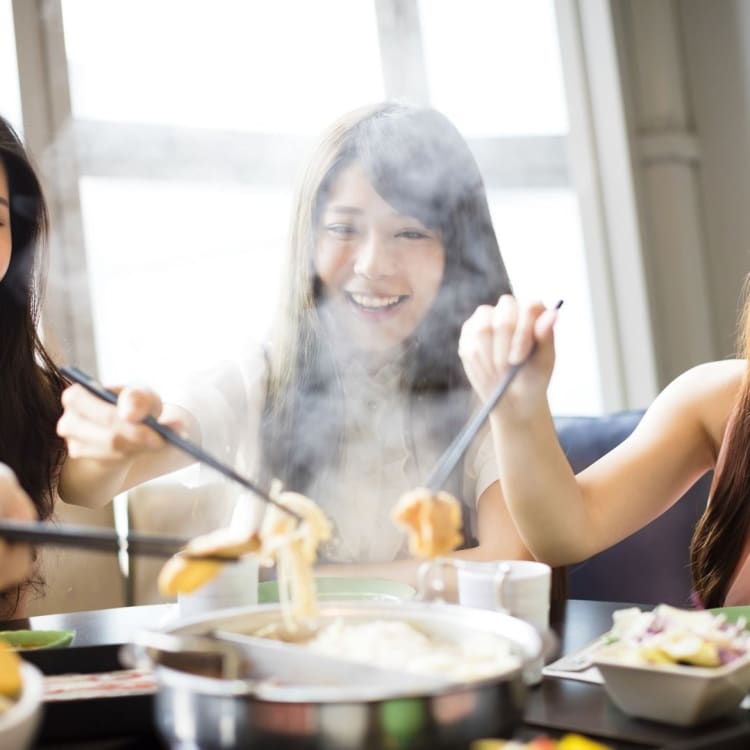
STORY Umakabai! The Must-Try Local Cuisine in Kyushu by JNTO on 24 October 2019
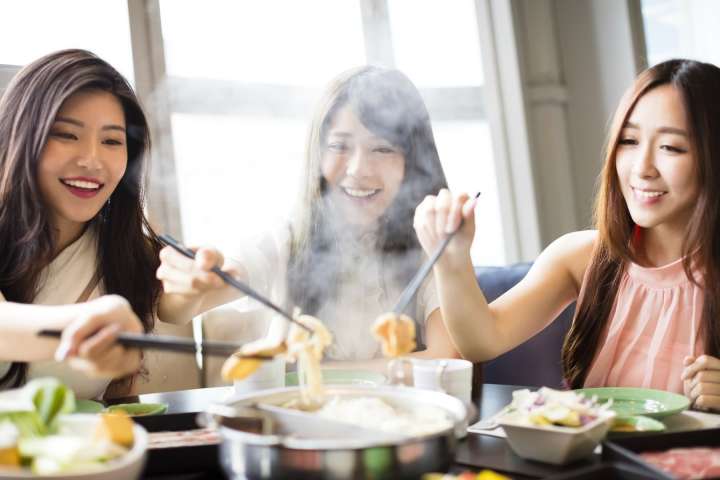
“Umakabai” means delicious in the Hakata dialect of Fukuoka. Hot pot is a must and also a need in winter, and it is a common homemade food throughout Japan that always appears on the dining table when the weather is cold. This time, we are going to look at the hot pot dishes in Kyushu, from Fukuoka to Kagoshima, and to learn the differences in their ingredients and broth! These differences are what make them unqiue.
The Must-Eat in Japan’s Winter, Hot Pot!
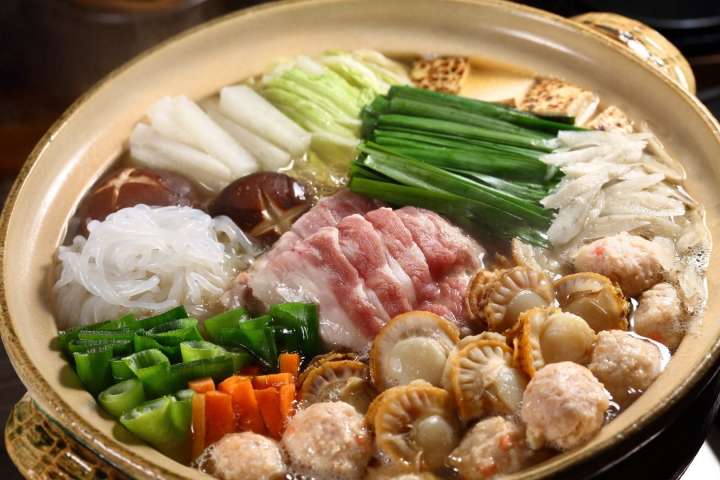
Japanese hot pot consists of a sweet and flavourful broth and ingredients such as seafood, pork, chicken, green onion, nappa cabbage, tofu curds, shiitake mushroom, etc. Your familiar shabushabu and sukiyaki are the variations of such hot pot. You can cook piece by piece when you have shabushabu, or share your big pot with your family and friends. Other variations include motsunabe pot, ishikari pot,kiritanpo pot. This time, let us focus on the ones from Kyushu!
An Energizing Hot Pot Dish Packed with Garlic, Chili Pepper - “Motsunabe” (Fukuoka)

© Fukuoka Prefecture Tourist Association
Besides tonkotsu (pork bone) ramen such as the world famous names like “Ippudo” and “Ichiran”, Fukuoka has another representative food - its hot pot dish “Motsunabe”.
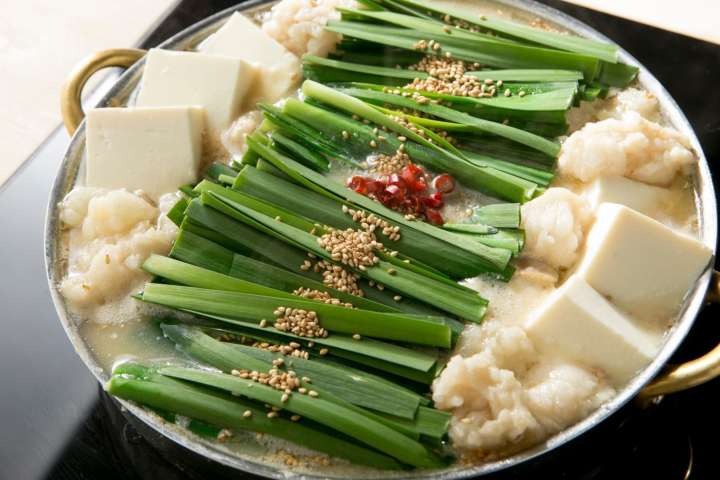
© Fukuoka Prefecture Tourist Association
This particular hot pot has plenty of beef offal stewed with vegetables such as cabbage and leek and usually in soy sauce, miso, or salt flavour. Towards the end of your meal, you may add in champon noodles or rice to fully fill your stomach. As for its origin, some said it can be traced back to the postwar period when people did not have enough food so they had to put untreated raw offal and leeks in aluminum pot withsoy sauce for seasoning. The dish is available at around 1,500 yen per head. (Please be mindful that most restaurants serve it with an order of minimum 2 portions!)

Get more recommendations and reviews from JAPAN by Japan users here: https://japanbyjapan.com/discover/motsunabe-tashu
Luxury Hot Pot with Exquisite Taste of Eel, “Hamo-shabu” (Oita)

The expensive fish “Pike Eel” lives deep in the ocean in the south of the Honshu island of Japan; in the waters of Wakayama, Tokushima, Ehime, Yamaguchi, and Nagasaki. It can be cooked into a sweet, delicate flavoured broth with ponzu sauce in a hot pot dish. You can dip the fish meat into the broth and cook it for just a few seconds, and witness it folds up like a peony flower. Remember not to overcook it or the meat will become overly tough.

Course meals with the pike eel hot pot are usually available for about 4,000 yen onwards.
The Deliciously Condensed Chicken Broth is the Secret of “Mizutaki”! (Fukuoka)
Mizutaki is a hot pot dish of chicken meat , chicken meat balls (also known as chicken dumplings!) and assorted vegetables like green onion, nappa cabbage, and shiitake mushroom boiled in chicken stock. Dipping sauce is usually ponzu soy sauce, and condiments include oroshi (grated radish) and chopped green onions.

The essence is definitely in the condensed chicken broth. In order to savour and take in this essence, it is recommended that you add rice to make a rice soup at the end of the meal. At mizutaki specialties, the pure chicken broth is served at the beginning, followed by the chicken meat, then the vegetables- the proper sequence. Mizutaki course meal generally comes at around 4,000 to 5,000 yen.
Indulge in Premium Kagoshima Black Pork with “Black Pork Shabushabu” (Kagoshima)
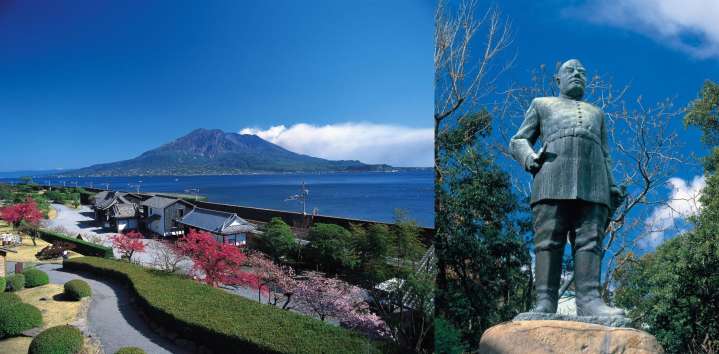
© K.P.V.B
“Kagoshima black pork” (Kurobuta) is the signature food product of Kagoshima with around 400 years of history – this unique pork is special for its tender yet chewy texture and its rich taste.
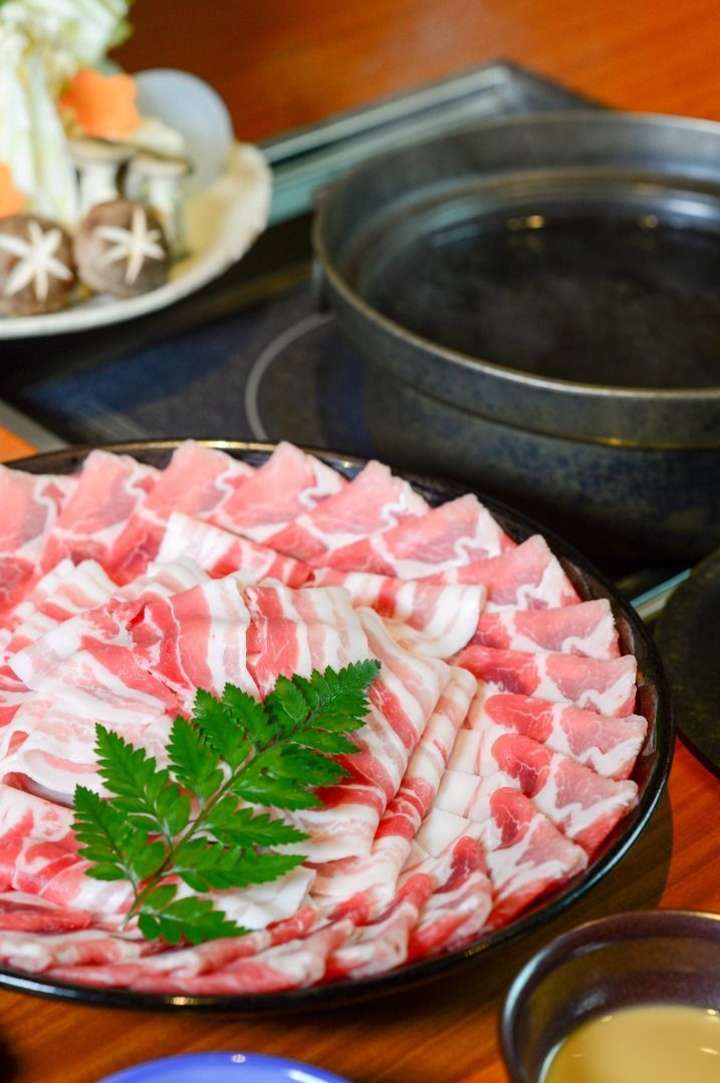
© K.P.V.B
Black pork shabushabu is a hot pot dish whereby you dip thin slices of loin or belly into the boiling broth to lightly cook them. In order to taste the original sweetness of the pork, you can savour it without any sauce. You can certainly also try it with dipping sauces like ponzu vinegar and sesame sauce which accentuates the flavour of the pork differently. Similar to many other hot pots, you can also end your Black pork shabushabu meal with a nice rice soup or udon noodles. A Kurobuta shabushabu course meal generally comes at around 4,000 to 5,000 yen.
Get more recommendations and reviews from JAPAN by Japan users here: https://japanbyjapan.com/discover/kurobuta-pork-cuisine-pride-kagoshima
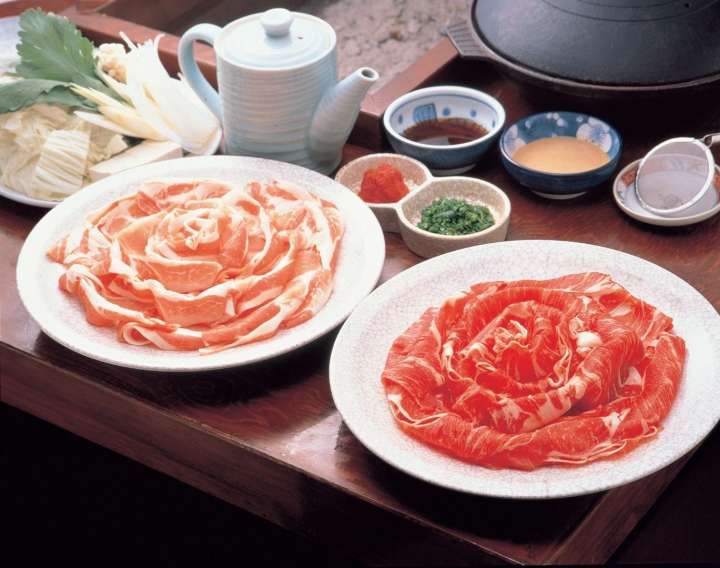
© K.P.V.B
















































